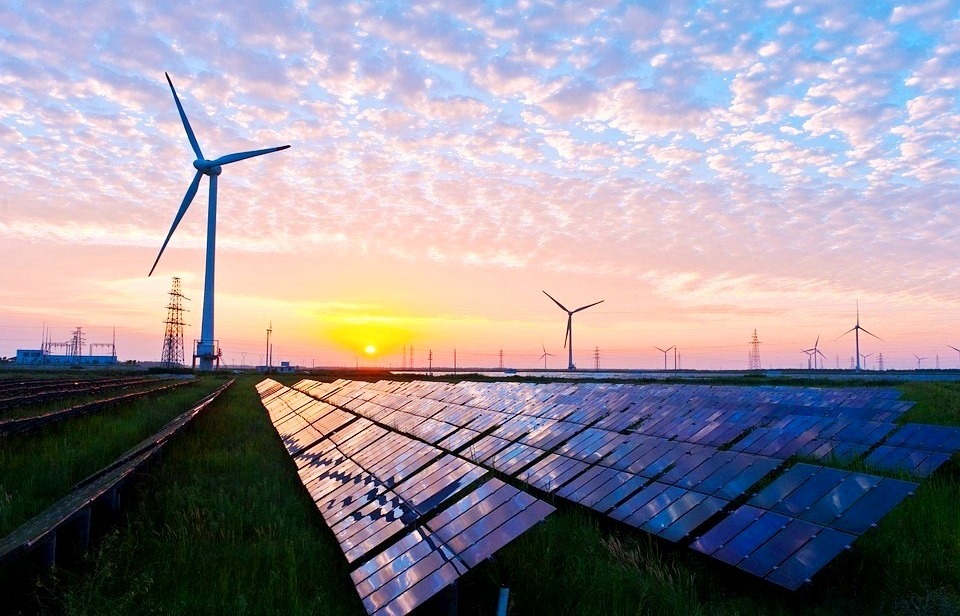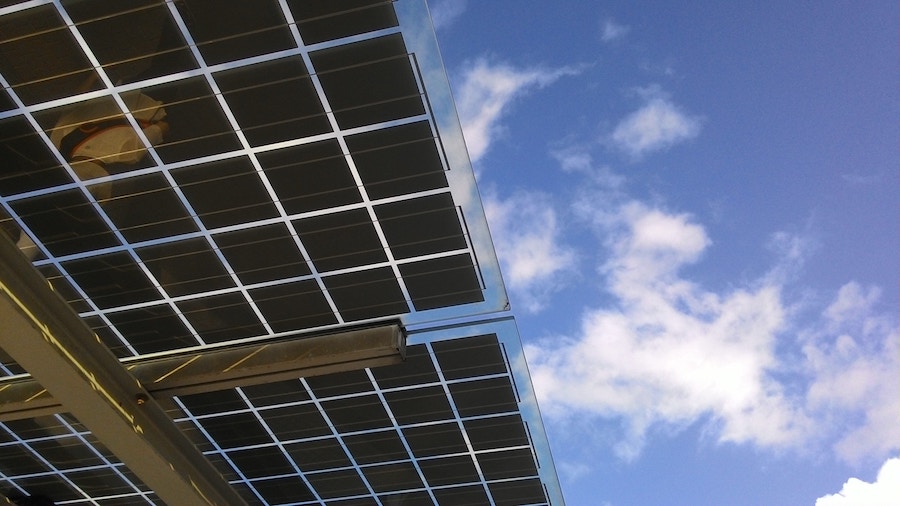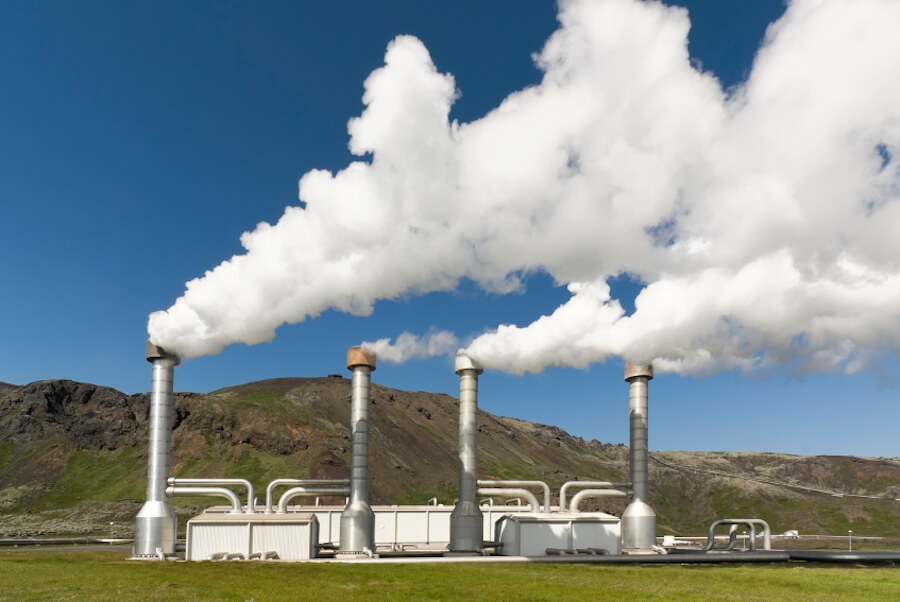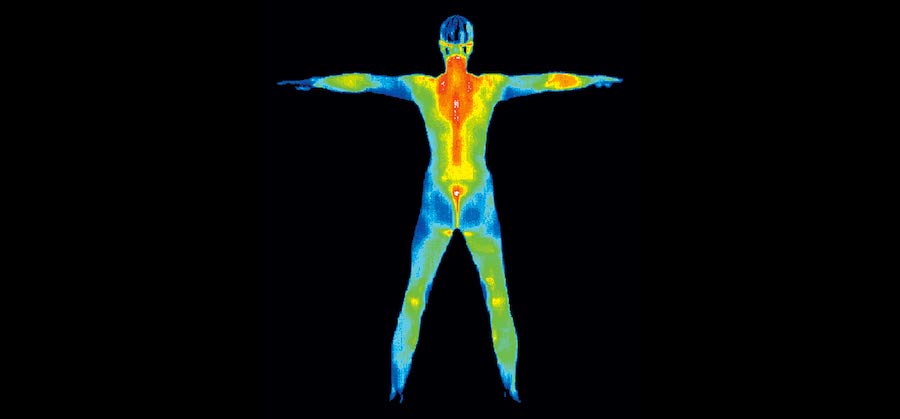Are you interested in going green but aren’t sure what means of sustainable energy you could use in your home or business?

Most households and businesses are solely reliant on fossil fuels as energy for their homes. This is considered the norm.
But are we aware of the long-term effects that the use of fossil fuels is causing to the environment and subsequently to us?
The loss of habitats, an increase in CO2 emissions leading to rising global temperatures, the list goes on and on, and this is rapidly killing our planet.
In 2015, discussions were held known as the Paris Climate Agreement. The aim of these talks was to bring together all nations to tackle climate change together.
Around 200 countries agreed to this and are currently trying to lower greenhouse emissions and reduce global temperatures to below 2 degrees Celsius above pre-industrial levels.
We believe that everyone can aid in these efforts. So how can we help?
Let’s have a look at some alternative forms of renewable energy and the positive effects they could bring about.

Current situation
The situation with fossil fuels is that they are a resource that will run out. This means that we will eventually need to find alternative energy sources for energy.
That’s where renewable resources come in, such as wood that will be replenished over time, or renewable energy through solar power or wind that are not depleted when used.
As it stands, many experts believe that fossil fuels such as oil and coal will last for nearly 50 years until they are used up but there are differing opinions.
Types of Alternative Energy
Alternative energy is energy that does not use up the earth’s natural resources and does little to no harm to the environment.
There are numerous types of alternative energy that could be adopted, such as solar, wind, hydrogen, geothermal power, hydroelectric energy, biomass, and energy from ocean tides.
It’s important that we begin using more sustainable energy sources moving forward as the overall benefits are numerous.
Firstly, it’s a clean energy and it doesn’t have a negative impact on the environment.
Secondly, it will never run out; it’s a renewable energy source, meaning that we can use it consistently without needing other alternatives.

1. Solar Energy
Probably this is the most well-known source of renewable energy. It can be used by many people in their homes through photovoltaic solar panels.
This source of energy is best used in countries or on the roofs of homes that receive a lot of direct sunlight.
2. Wind Energy
Wind energy is becoming more widely used as it increases in popularity. Wind turbines may be an eyesore to look at, but when placed in areas with a decent amount of wind they can provide plenty of energy.
In the US, there is currently over 89,000MW of installed wind project capacity (windenergyfoundation.org).
3. Hydroelectric Energy
Hydroelectric power stations produce around 35% of the U.S’s renewable energy. Hydroelectric energy is a clean source of energy that is created by water flowing through dams that spin turbines that are connected to generators.
4. Bioenergy
Biomass is a renewable energy source created through animals and plants, and other organic matter – basically all living things.
This is an ideal form of energy as the organic matter used is plentiful in most cases, although machinery is needed for its extraction.
Biomass can be used to create renewable energy such as thermal energy and electricity.
5. Geothermal Power
Geothermal energy is created by using heat stored inside the earth in hot water reservoirs or steam, and the heat is then used to run an electrical generator.
It’s a clean and sustainable source of renewable energy that not only can produce electricity but can be used to keep your home warm.

6. Tidal Energy
Tidal energy converts the energy from tides into power. The currents move through turbines in the ocean and can be then generated into electricity.
Due to tidal energy being very costly to produce, and there are limited sites where it can be used effectively, its availability is limited.
But advancements in turbine technology mean that it could become a viable way of creating sustainable energy.
7. Hydrogen
Unlike gas which is a fossil fuel and a limited resource, hydrogen is a clean-burning fuel. Hydrogen gas cells release water vapour and warm air when used (renewableresourcescoalition.org).
The process of creating energy through hydrogen is by combining hydrogen and oxygen to produce water electricity, and heat.
8. Nuclear Power
Nuclear energy is created by combining two atoms to create a heavier atom and energy.
This is by no means an easy process and the technology to create such energy is still being manufactured.
ITER (International Thermonuclear Experimental Reactor) is a nuclear reactor that is being built in the South of France that hopes to create this type of nuclear energy through fusion.
9. Wave Energy
Contrary to tidal energy, wave energy can be used in many different locations in the ocean.
Wave energy is not easy to capture, so that is why there aren’t many wave power stations but if harnessed correctly, wave energy has the potential to create a lot of energy.

Trends in the United States
In 2017, renewable sources produced 18% of the U.S.’s electricity, which saw a 3% increase from 2016.
A decline in the use of natural gas has been seen with an increase in the use of solar power, wind energy, and hydroelectric energy.
New power plants for wind and solar energy made up for around 62% of power constructions, as costs are dropping and this has seen a decrease in the use of fossil fuels such as coal (Sustainable Energy in America Factbook, 2018).
Alternative sources of energy you might not have heard of
Now, that we’ve talked about the popular sources of alternative sources of energy, let’s find out about some rather unconventional and promising alternative sources of energy that you might not have heard about.
1. Algal Biofuels
Algal biofuels can be used as an alternative to fossil fuels.
To produce algal fuel, there isn’t need for a lot of space, and it causes minimal harm to both land and sea environment.
Algal biofuels can be produced from seawater or ‘greywater’ which can come from sources such as laundry water or from the irrigation of plants.
2. Solar Wind
Solar wind is “the flow of charged particles from the sun which permeate the solar system” (dictionary.com).
The solar energy can be harnessed through a satellite (Dyson-Harrop satellite) that would then transmit that energy to Earth.

3. Body Heat
Sweden gets to take credit for harnessing this source of energy. Engineers have successfully harnessed the body heat from commuters entering the Central Station in Stockholm.
The body heat of the commuters travels through the vent system of the station and warms up water in an underground tank that is then used to heat up a nearby office building.
Conclusion
As we have just read, there are plenty of alternative energy sources out there.
Technology is advancing, and scientists and engineers are thinking outside of the box to innovate new ways of creating energy and fuel that will lead us away from using fossil fuels.
We should encourage the use of renewable energy in our homes and businesses.
It’s important that we all do our part in joining in efforts to reduce our carbon footprint on this Earth.
The article was originally published on Atlantic Energy. Keep up to date with all that’s going on at Atlantic Energy through our Facebook page and LinkedIn.
You may also like
Profit from Power: Why Your Business Should Be Using Solar Energy
7 Green Habits Every Organization Should Follow To Be More Eco-Friendly
5 Green Companies That Are Saving the Planet
Emerging Trends of Energy Usage around the World [Infographic]
The Rise of Rooftop Solar Energy Around the World [Infographic]
